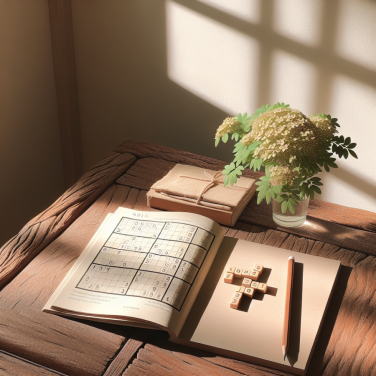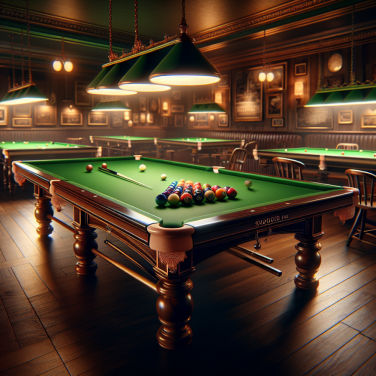The Mental and Physical Discipline: Essential Aspects of Brazilian Jiu-Jitsu Mastery
Mastery in Brazilian Jiu-Jitsu (BJJ) goes beyond grappling and fighting techniques. It involves nurturing mental discipline as well as physically pushing your body's limits. When speaking about BJJ mastery, the interconnectedness between the mind and body can't be overstated.
The first and perhaps the most essential aspect of mental discipline in BJJ is concentration. This martial art requires focused engagement in every session. A lapse in concentration during training or a match can lead to strategic errors, a failed technique or, at worst, defeat. Attentiveness is also crucial when learning specific moves, as the tiniest detail can make a considerable difference in your ability to execute a technique successfully.
Alongside concentration, mental resilience is a vital attribute in BJJ. This martial art is as challenging mentally as it is physically, and often the will to win or improve surpasses physical strength as the determining factor in a person's success in BJJ. Facing defeat, making mistakes, and dealing with physical discomfort are integral parts of the learning process. Learning to handle these situations with optimism and resilience can help you progress faster.
Patience is another mental discipline aspect that can differentiate a novice from a master. BJJ is a complex art that involves countless techniques, numerous variations, and strategies. It takes years, sometimes even decades, to become proficient. It's essential to understand that progress can be slow and sometimes even stagnant. Patience helps you to stay dedicated and committed to learning and improving in this sport, even when progress may seem far off.
Physical discipline in BJJ mainly comprises consistent with training and conditioning the body for the demands of this martial art form. Training for BJJ involves not only perfecting your techniques but also working on your body strength, agility, flexibility, and endurance. Staying committed to tough training sessions, even when they are exhausting or difficult, is a critical aspect of physical discipline.
Additionally, another aspect of physical discipline involves training intelligently. This means listening to your body to avoid injuries and allow optimal recovery. It includes understanding when to rest, looking after your nutrition, and addressing injuries immediately.
A key element of physical discipline is flexibility. BJJ involves numerous positions and moves that require a high level of flexibility. Training improves your flexibility, but it's also vital to incorporate specific stretches and flexibility exercises into your training routine.
Lastly, endurance training is a key part of physical discipline in BJJ.
Read also:
Understanding the Costs: A Breakdown of Golf Simulator Pricing
Unraveling the Complexities of Brazilian Jiu-Jitsu Techniques
Brazilian Jiu-Jitsu, conceptualized and honed in Brazil, is more than a martial art. It's a technical and strategic combat sport that requires intense concentration, athleticism, agility, and a profound knowledge of the body and its leveraging points. The techniques involved are indeed complex but can be broken down into three main categories: techniques from the standing position, from the top ground position and from the bottom ground position. Emphasis is placed on achieving a dominant position and then executing submissions.
When it comes to techniques from the standing position, the primary goal lies in reaching the ground without handing your opponent an advantageous situation. These techniques heavily rely on balance disruption, where you deceive your opponent to secure a takedown, throw, or sweep. This requires finesse more than it does brute strength, and mastering this takes an understanding of force and counterforce, gravity, and the subtleties of body mechanics. Some standing techniques include the single leg takedown, the double leg takedown, and judo throws, like the hip throw.
In the top ground position, you dominate your opponent by maintaining control, progressing steadily towards improved, more dominant positions that make it easier to execute a submission. This involves steps like passing the guard, which involves bypassing the opponent's legs to gain a dominant position, usually side control or full mount. Once this position is achieved, the focus shifts to keeping the opponent under control and setting up submissions like the armbar, rear-naked choke, or triangle choke.
When it comes to the bottom ground position, the approach to strategy is quite different. Here, the goal is to defend, regain control, and then either achieve a submission from the bottom or sweep to top position. This involves utilizing the closed guard or other guard variations to control the opponent's actions as much as possible. Successful defense is closely intertwined with techniques aimed at off-balancing the opponent or creating enough space for a reversal or submission attempt. These might include pulling the opponent into your guard, using your legs to control the opponent's posture, or using your arms to control the opponent's arms or to set up submission attempts.
Each of these positions requires a comprehensive understanding and practice of specific BJJ techniques. Like a game of chess, every move has a counter move, and the fight's success often depends on anticipating the adversary's actions and swiftly acting with the right technique.




